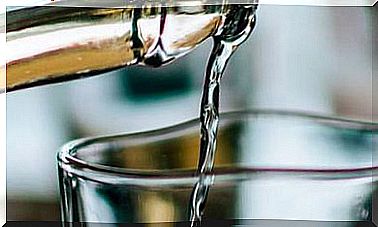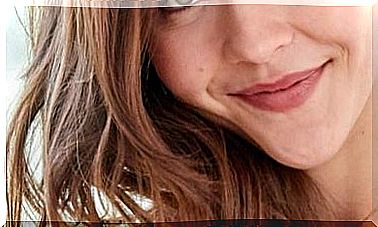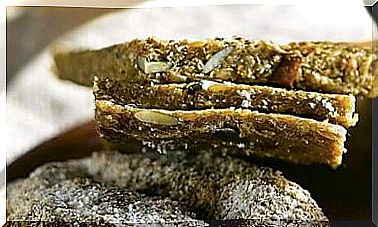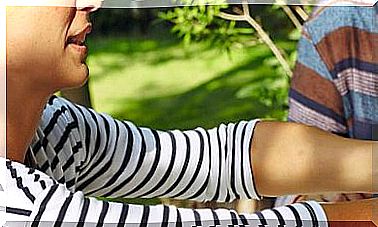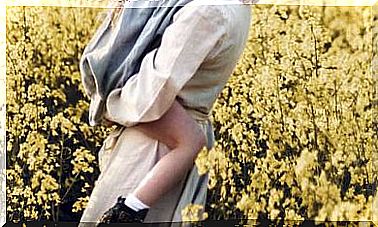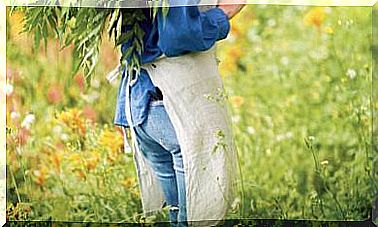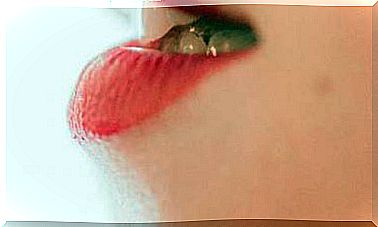The Healing Powers Of Clay
Clay has always embraced human beings and they have learned to use it to take care of their health. Discover its properties and indications.
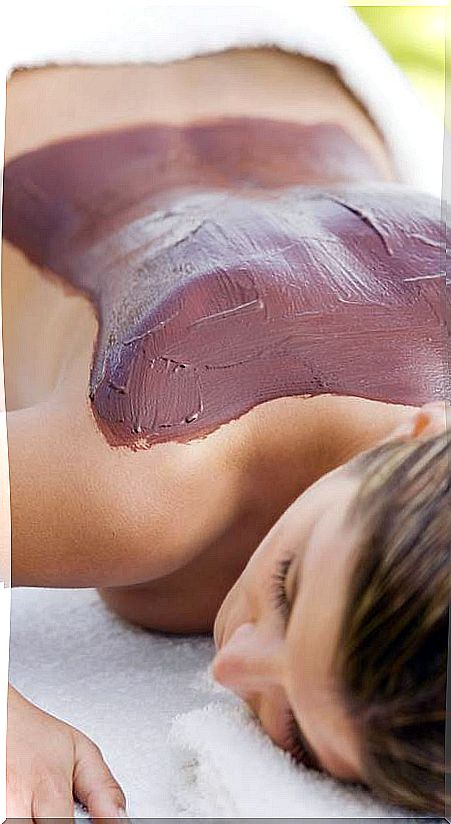
The human being has used clay to create figures and containers and also to heal himself. Naturopathic medicine has made great use of clay therapy and has obtained excellent results, especially for the ease of mixing clay with water and for the possibility of finding it in the country or the city for a reasonable price.
Other things are the modern treatments with peloids – muds composed of minerals or organic matter and mineral-medicinal water or sea water – that have developed around spas in the midst of a medicine that is not suitable for all budgets.
What clays are used in therapy?
The clay must be collected free of organic matter. In nature, the microorganisms in clay form a microfilm, even when it rains, that does not allow bacteria that live in organic matter to pass through.
They precisely defend themselves against them with antibiotics. For this reason they are distinguished from the peloids. When you don’t have analytical tools, you can call on sight, smell, taste, and touch.
The organoleptic characteristics of the clay must be pleasant to be able to choose and use it. If it contains organic matter and it smells bad, it must be discarded.
Where do therapeutic clays come from?
Clay comes from the decomposition of feldspars. These have a structure of silicon and aluminum to which other elements are attached.
Clay can be recognized because: the nail scratches it easily; to the touch it reminds of soap; it is very hydrophilic, it retains water very well, which gives it plasticity and impermeability.
It has a great adsorption power: because its particles are tiny, it is capable of attracting and retaining molecules and ions from another body on its surface. It also has an antiseptic and Vulnerary action, an active healing effect.
What is bentonite?
Sodium bentonites (for external use) or calcium (for internal use) are today the most widely used clays as medicines. Bentonite is a very fine-grained (colloidal) clay that contains bases and iron, and is also used in ceramics.
The name derives from a site found in Fort Benton, United States. In mineralogy it is considered a particular type of montmorillonite, a clay that takes its name from the French town of Montmorillon, and is used against gastroenteritis.
Bentonite is listed in the United States Pharmacopeia and is widely used in various pharmaceutical and cosmetic preparations.
What medicinal properties does clay have?
We know about the properties that clay has to absorb, adsorb, retain and transmit heat, but we are left with many questions about the action of its bacteria or some trace of mineral. Questions for which we have no answers.
We know it works, but not exactly how it works. The assessment of why some clays behave antibacterial and others do not, for example, is unclear.
Buruli ulcer, caused by Mycobacterium ulcerans and a common disease in Africa, has been proven to be treatable with some clays.
External indications
- Dermatological diseases. They can remove excess oil and toxins from the skin, and are therefore very effective against boils, acne, ulcers, abscesses and seborrhea. (Diana Burillo explains in this article some applications for the skin, in addition to a homemade recipe for toothpaste and a deodorant).
- To avoid bleeding. In April 2008, the US Navy Medical Research Center announced the successful use of gauze prepared and impregnated with kaolinite (very pure white clay) to stop bleeding.
- Knee osteoarthritis. Applying clay works better than applying heat alone. It is also indicated in external use for: arthritis, gout, herniated disc, lumbago, abscesses, neuralgia, mastitis, cystitis, prostatitis, phlebitis and thrombophlebitis, tonsillitis, pharyngitis, rhinitis, sinusitis, goiter, acne, eczema, boils, wounds, herpes , impetigo or psoriasis.
Oral indications
- Stomach ache. Many medications use kaolinite clay, which has been a traditional pain reliever.
- Watery diarrhea Kaolin is used to cut it, used as an active ingredient in drugs such as Kaomagma.
- Detoxification Oyanedel-Craver and Smith have studied the adsorption of four heavy metals (lead, cadmium, zinc, and mercury) by three types of bentonite clay. The conclusion of the study was thatthey have a considerable capacity to adsorb heavy metals, which can be converted to a chemically inert form and excreted. Bentonite is also used to reduce the damaging effects of aflotoxins that can contaminate nuts, seeds, and grains.
- Irritable bowel syndrome with constipation. Montmorillonites are effective in treating this order and can support the intestinal flora. Some have even suggested that it is helpful, if not vital, in establishing healthy bacteria throughout the digestive tract against Crohn’s disease and ulcerative colitis.
- Cholesterol and uric acid. A modified version inhibits its absorption.
